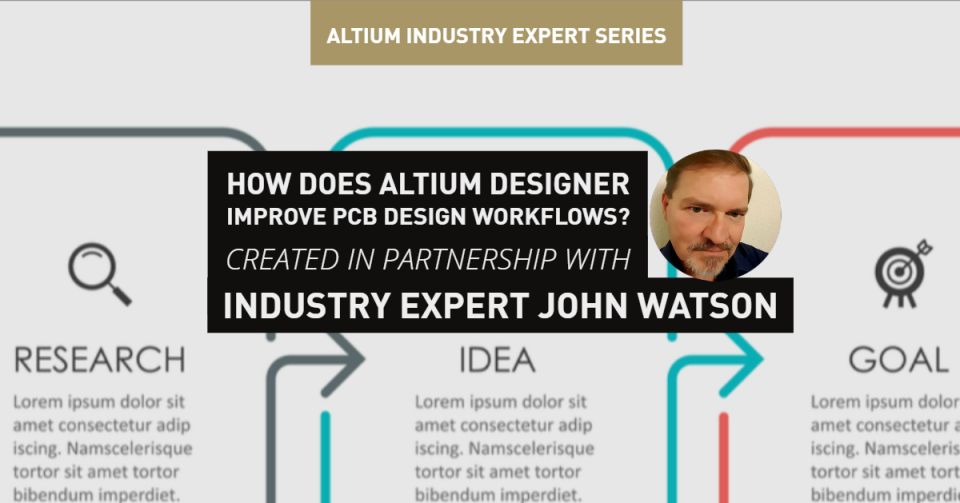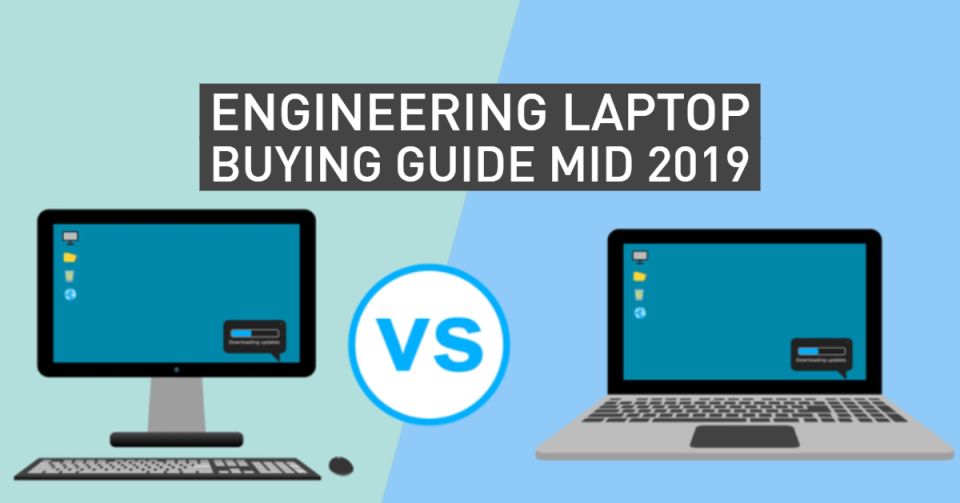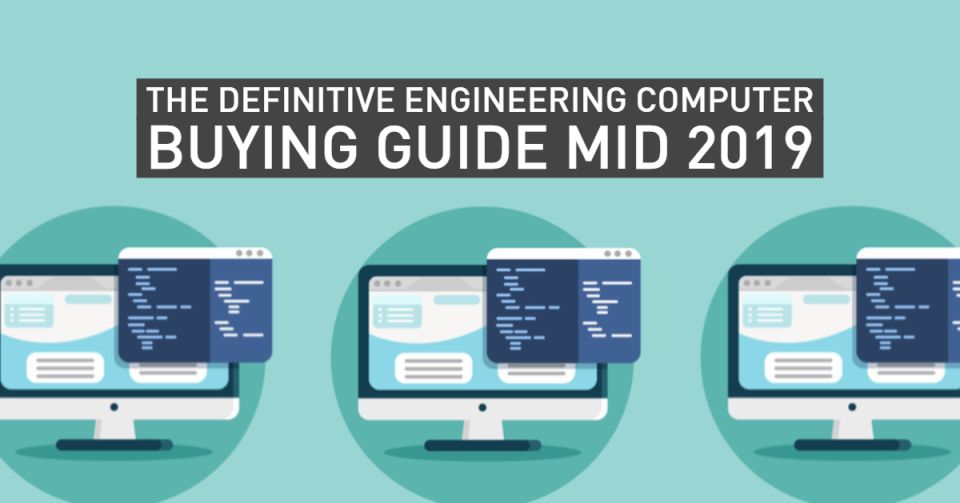PCB Workflow Management
Today's electronics design teams have to do a lot more than just design circuit boards. Modern electronics design is a collaborative process spanning physical layout, manufacturing, application development, and much more in a comprehensive workflow. Browse our resources on workflow management to learn how to manage your design team, projects, and development processes for advanced electronics.
Filter
found
Sort by

















